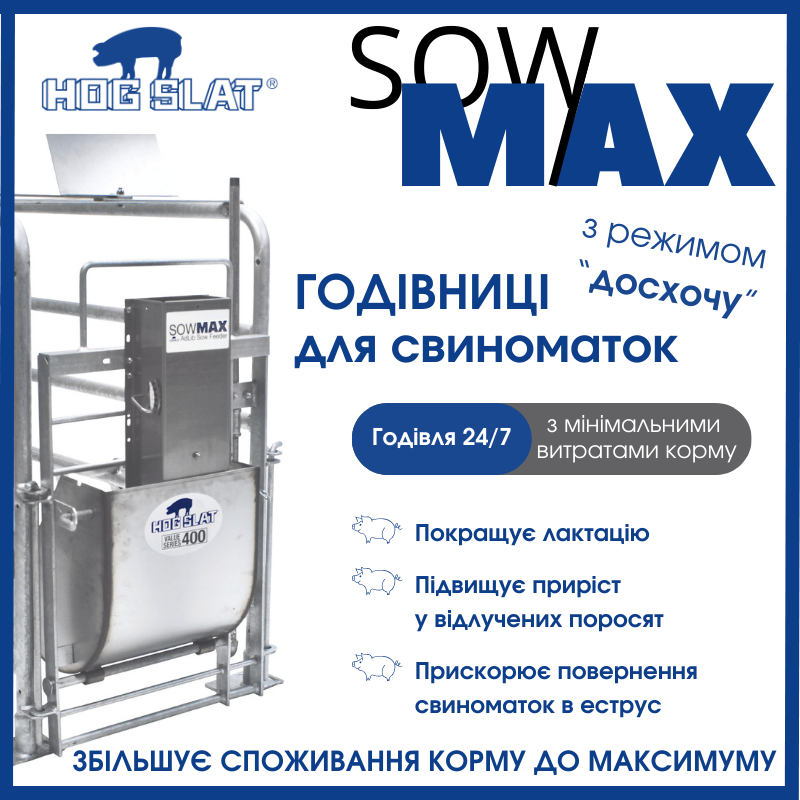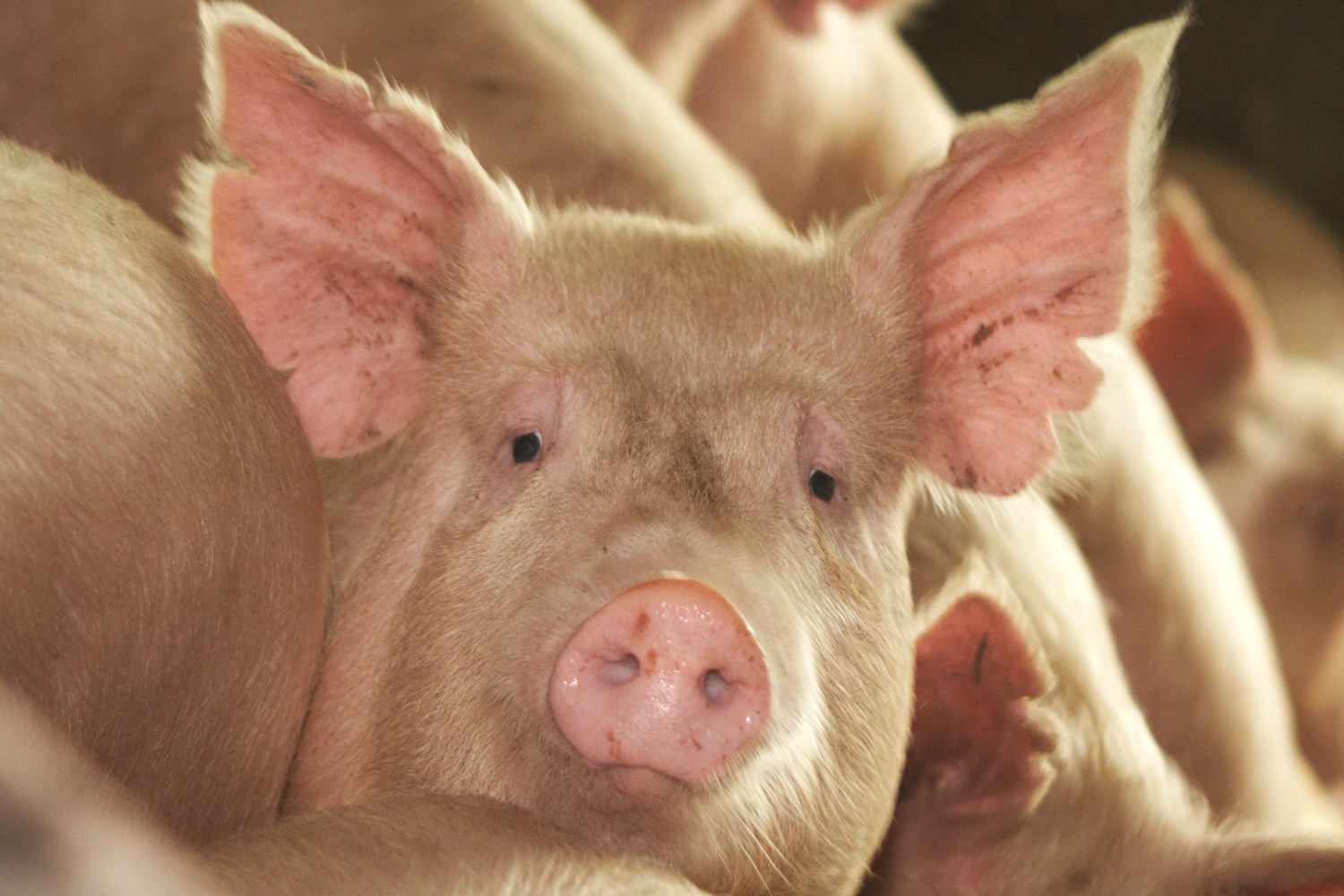According to Group CEO Niels Ulrich Duedahl, a combination of specific initiatives and significantly improved prices has led many owners to revise their A-quantity upwards, meaning they will deliver more pigs for slaughter in the coming year.
“This is truly positive news. It’s the first time in recent history that we’ve been able to revise our forecast upward by this much. If the current pace continues, in 12 months we might find ourselves fully booked — a situation we couldn’t have imagined just a few months ago,” said Duedahl.
The original forecast for the 2025/26 fiscal year was 7.9 million pigs. It is now likely to reach 8.4 million, and possibly even 8.9 million — nearing Danish Crown’s total slaughter capacity of 9.4 million pigs.
The positive outlook is driven by multiple factors: closing money-losing operations, implementing major cost-saving measures, returning to competitive pricing levels, and launching new initiatives — including discussions around a new ownership model — to encourage increased deliveries.
“All of these actions have helped shift the flow of raw material in the right direction,” Duedahl added.
He noted that all planned initiatives have already been launched, which might encourage the last remaining hesitant farmers to act. “Things are moving fast. I’m telling all the farmers I meet — if you’re considering increasing your production, now is the time. There will be no more new incentives, and if supplies keep growing, we may soon need to phase out some support schemes.”
Duedahl emphasized that this positive trend doesn’t mean the company’s recovery is complete — but the improved forecast paves the way for successful transformation.
“We’ve spoken a lot about raw material volumes, because they’re critical to everything else. If we receive less raw material, our costs per kilo become too high, and all of our efficiency improvements won’t matter. That’s why it’s so important that we seem to have reversed the negative trend,” he concluded.
euromeatnews.com



